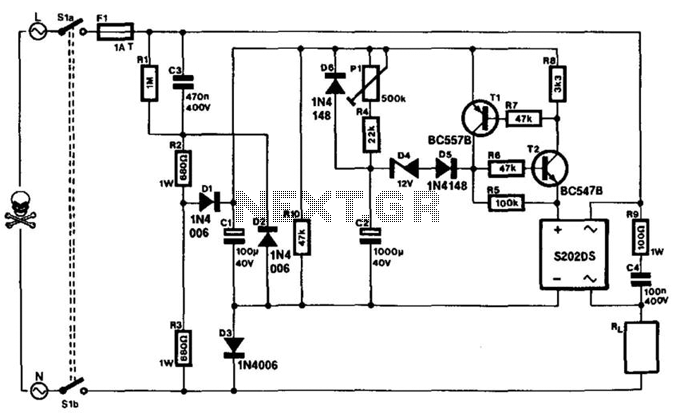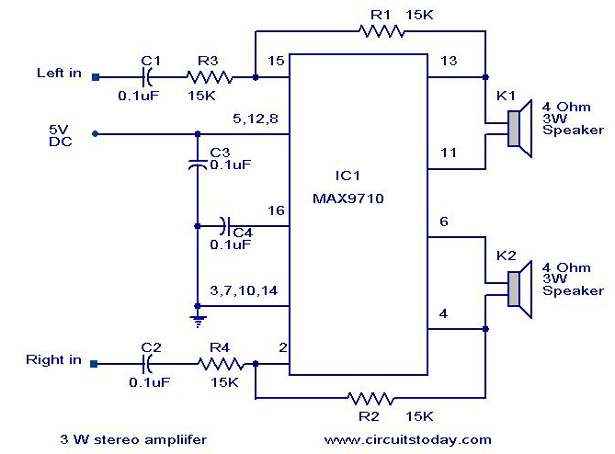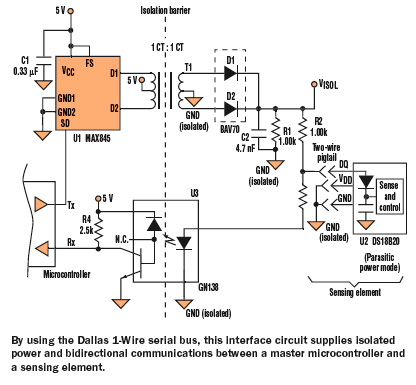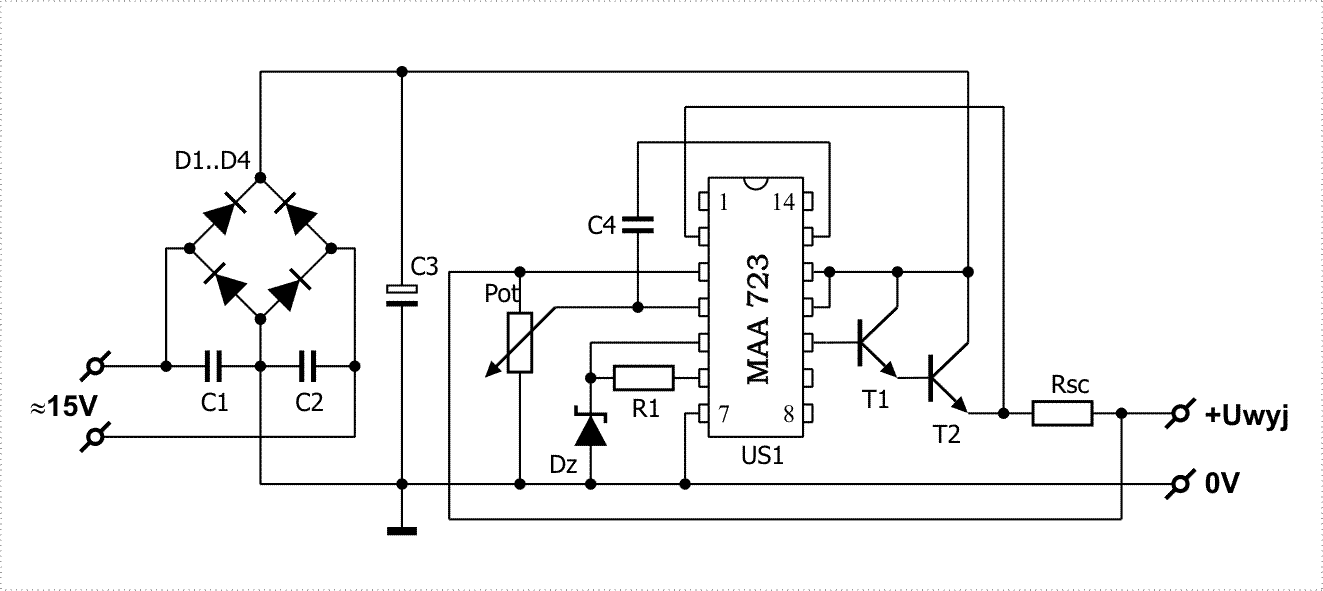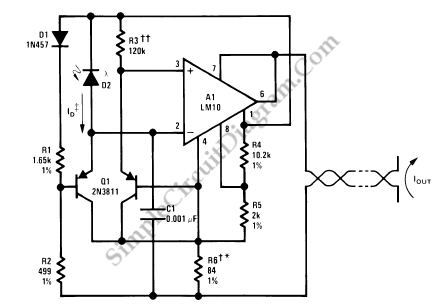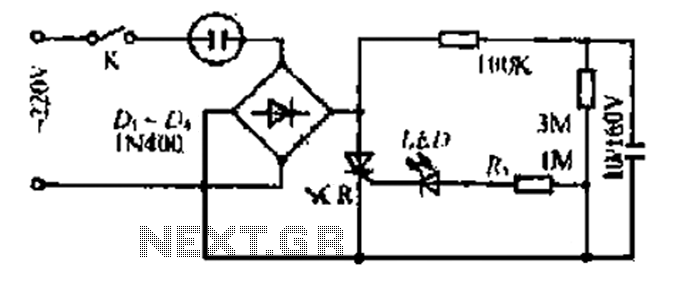
Magnetic Levitation + Wireless Power Transfer = Floating Light Bulb
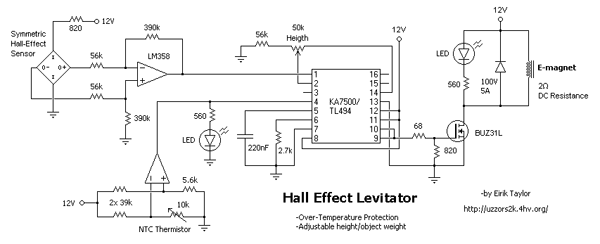
An 18-year-old electrical engineering student, Chris Rieger, has been developing his levitating light bulb project, aptly named the LevLight Project, for approximately six months. Recently, he shared images and a video of the project, which gained significant attention on various tech websites under the headline, "How many engineers does it take to float a light bulb?" The project has garnered admiration, and Rieger provided Electronic Products with insights into his process, including footage of the levitating light bulb in operation. Rieger emphasizes that achieving magnetic levitation is a challenging task. He dedicated countless hours to studying papers and textbooks, reviewing every project related to the technology. The journey included numerous failed attempts and the loss of many components and boards in the pursuit of levitating the light bulb. Rieger implemented a 3-pin linear Hall Effect sensor as a feedback mechanism and utilized a 1.325 mV/g sensor, which was the lowest sensitivity available, as the magnetic flux he was measuring was exceeding the limits of other sensors. He identified this as the most difficult aspect of the project. Initially, he experimented with 555 oscillators but found their power transfer inadequate and their waveforms unhelpful. Consequently, he revised a basic design from Marko, a member of 4hv.org, to better manage the heat generated. He constructed a wireless power receiving circuit, consisting of a simple LC circuit precisely tuned to 1 MHz. Rieger meticulously adjusted the circuit using an oscilloscope and various components, making incremental changes to the coil's geometry over several nights to optimize inductance and resonant frequency. He has already initiated work on a new levitation system, aiming for enhanced strength and an improved control mechanism. This new design will feature a 3.5 kg copper drive coil operating at 12V, wound on a more suitable core, as opposed to the standard bolt used in the video. He is also developing the control system from the ground up, with aspirations to integrate advanced features such as computer-based height control and a microcontroller for light dimming. Rieger anticipates that the complete project will take approximately 6 to 9 months to finalize, with plans to produce a limited run of kits that will include a plexiglass casing and a more aesthetically pleasing light bulb.
The LevLight Project represents a significant undertaking in the field of magnetic levitation technology, integrating various electronic components and control systems to achieve the desired outcome. The use of a 3-pin linear Hall Effect sensor for feedback illustrates the importance of precise measurement in maintaining levitation. The choice of a 1.325 mV/g sensor underscores the challenges faced in selecting appropriate components for sensitive applications, particularly when dealing with high magnetic flux levels.
The transition from 555 oscillators to a custom-designed LC circuit demonstrates a critical understanding of circuit design and the necessity for efficient power transfer in wireless applications. The tuning process of the LC circuit to 1 MHz is a pivotal aspect of the project, as it directly influences the resonant frequency and overall performance of the levitation mechanism. This meticulous approach highlights the engineering principles involved in achieving resonance and optimizing efficiency.
Rieger's plans for the next iteration of the project, incorporating a more robust copper drive coil and an innovative control system, indicate a forward-thinking approach to engineering design. The emphasis on features such as computer-based height control and microcontroller integration reflects current trends in automation and control systems, aligning with modern engineering practices.
Overall, the LevLight Project serves as a compelling example of the practical application of electrical engineering principles, showcasing the intersection of theory and hands-on experimentation in developing advanced technological solutions.18-year-old electrical engineer student, Chris Rieger, has been working on his levitating light bulb project ” fittingly referred to as the LevLight Project ” for about six months now. Recently he posted images and a video of the project, both of which have since made their rounds on tech sites all across the Internet under the headline, Ho
w many engineers does it take to float a lightbulb (It was, admittedly, really hard to not make that the headline here. ) The project is impressive, and Rieger was kind enough to provide Electronic Products with the details of how he worked it out, as well as video of his levitating light bulb in action.
Rieger is quick to point out that magnetic levitation is not easy. Countless hours, he explains, were spent pouring over papers and textbooks, reading up on every project ever associated with the technology. There were many failed attempts, and countless components and boards wasted in an effort to get his light bulb off the ground.
Rieger used a 3-pin linear Hall Effect sensor to act as a feedback mechanism, and a 1. 325mV/g sensor ” the smallest sensitivity he could find, as the magnetic flux it was sensing was maxing out the reading on others. This was the hardest part of the project, according to Rieger. He started off using 555 oscillators, but found the power transfer wasn`t strong enough and waveform nowhere near useful.
He decided to instead update an old but simple design by 4hv. org board member Marko, so as to better limit the heat being generated. He then went ahead and built the wireless power receive circuit: A simple LC circuit tuned at exactly 1Mhz. The aspiring EE then used his scope and components to manually tune it, making small changes over a series of nights to the geometry of the coil to change the inductance and resonant frequency, getting everything just right.
Rieger has already begun working on a new levitator. He plans for this design to have greater strength and a better control system. It will use a 3. 5kg of copper drive coil at 12V, which will be wound on a better core (the one in the video uses a regular bolt from a hardware store). He is building the control system from scratch, and is hoping to incorporate some new features like computer-based height control and a microcontroller to control light dimming.
Rieger hopes to one day build a small run of kits complete with a plexi-glass case and a more authentic looking light bulb. He figures it should take about 6-9 months for him to put it all together. 🔗 External reference
The LevLight Project represents a significant undertaking in the field of magnetic levitation technology, integrating various electronic components and control systems to achieve the desired outcome. The use of a 3-pin linear Hall Effect sensor for feedback illustrates the importance of precise measurement in maintaining levitation. The choice of a 1.325 mV/g sensor underscores the challenges faced in selecting appropriate components for sensitive applications, particularly when dealing with high magnetic flux levels.
The transition from 555 oscillators to a custom-designed LC circuit demonstrates a critical understanding of circuit design and the necessity for efficient power transfer in wireless applications. The tuning process of the LC circuit to 1 MHz is a pivotal aspect of the project, as it directly influences the resonant frequency and overall performance of the levitation mechanism. This meticulous approach highlights the engineering principles involved in achieving resonance and optimizing efficiency.
Rieger's plans for the next iteration of the project, incorporating a more robust copper drive coil and an innovative control system, indicate a forward-thinking approach to engineering design. The emphasis on features such as computer-based height control and microcontroller integration reflects current trends in automation and control systems, aligning with modern engineering practices.
Overall, the LevLight Project serves as a compelling example of the practical application of electrical engineering principles, showcasing the intersection of theory and hands-on experimentation in developing advanced technological solutions.18-year-old electrical engineer student, Chris Rieger, has been working on his levitating light bulb project ” fittingly referred to as the LevLight Project ” for about six months now. Recently he posted images and a video of the project, both of which have since made their rounds on tech sites all across the Internet under the headline, Ho
w many engineers does it take to float a lightbulb (It was, admittedly, really hard to not make that the headline here. ) The project is impressive, and Rieger was kind enough to provide Electronic Products with the details of how he worked it out, as well as video of his levitating light bulb in action.
Rieger is quick to point out that magnetic levitation is not easy. Countless hours, he explains, were spent pouring over papers and textbooks, reading up on every project ever associated with the technology. There were many failed attempts, and countless components and boards wasted in an effort to get his light bulb off the ground.
Rieger used a 3-pin linear Hall Effect sensor to act as a feedback mechanism, and a 1. 325mV/g sensor ” the smallest sensitivity he could find, as the magnetic flux it was sensing was maxing out the reading on others. This was the hardest part of the project, according to Rieger. He started off using 555 oscillators, but found the power transfer wasn`t strong enough and waveform nowhere near useful.
He decided to instead update an old but simple design by 4hv. org board member Marko, so as to better limit the heat being generated. He then went ahead and built the wireless power receive circuit: A simple LC circuit tuned at exactly 1Mhz. The aspiring EE then used his scope and components to manually tune it, making small changes over a series of nights to the geometry of the coil to change the inductance and resonant frequency, getting everything just right.
Rieger has already begun working on a new levitator. He plans for this design to have greater strength and a better control system. It will use a 3. 5kg of copper drive coil at 12V, which will be wound on a better core (the one in the video uses a regular bolt from a hardware store). He is building the control system from scratch, and is hoping to incorporate some new features like computer-based height control and a microcontroller to control light dimming.
Rieger hopes to one day build a small run of kits complete with a plexi-glass case and a more authentic looking light bulb. He figures it should take about 6-9 months for him to put it all together. 🔗 External reference
